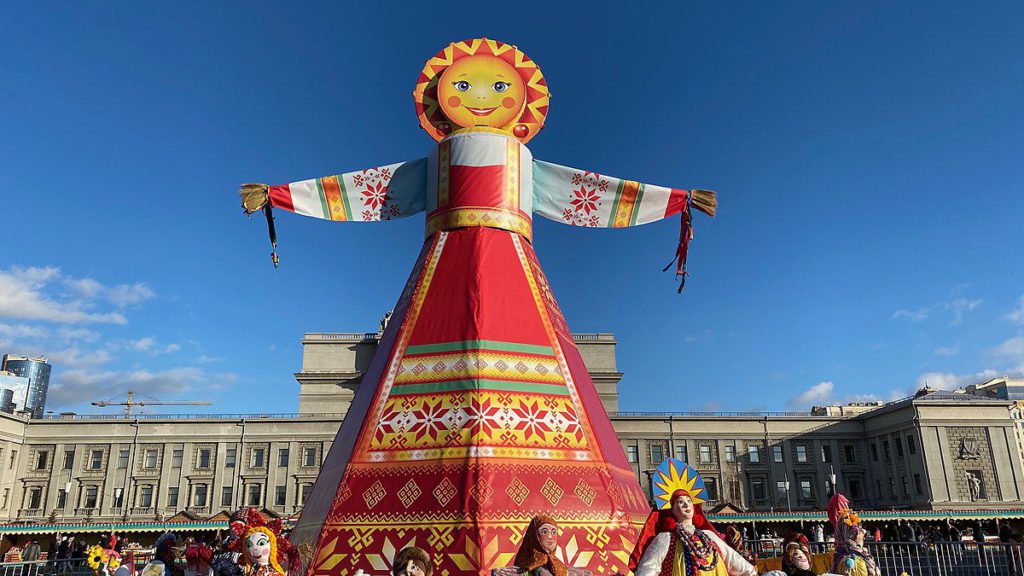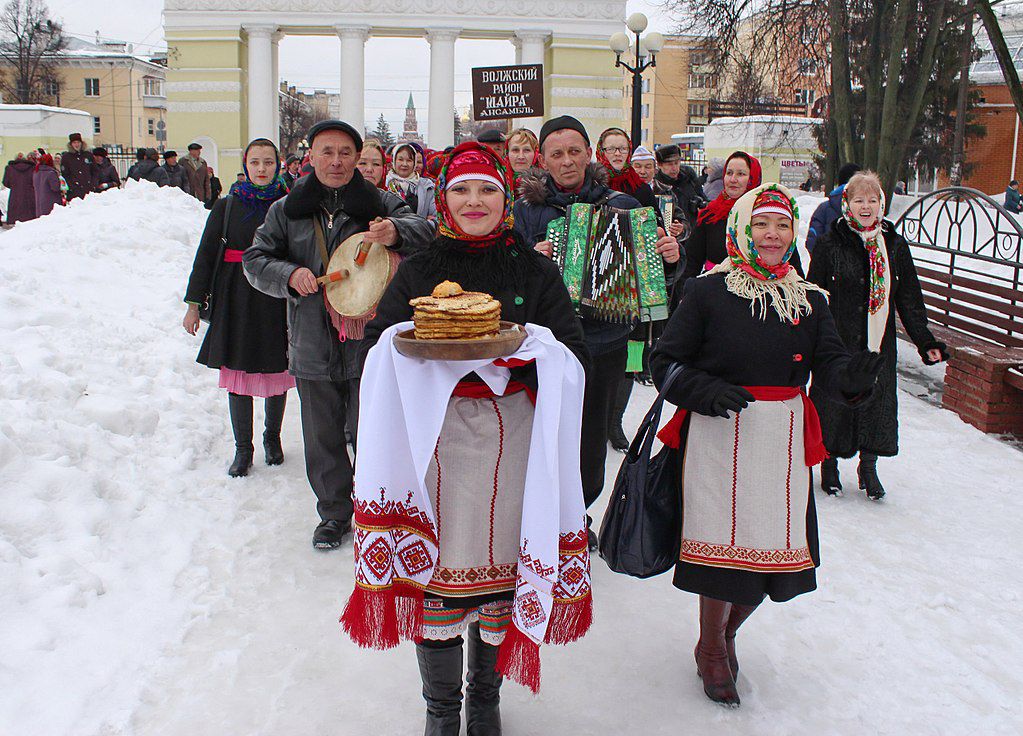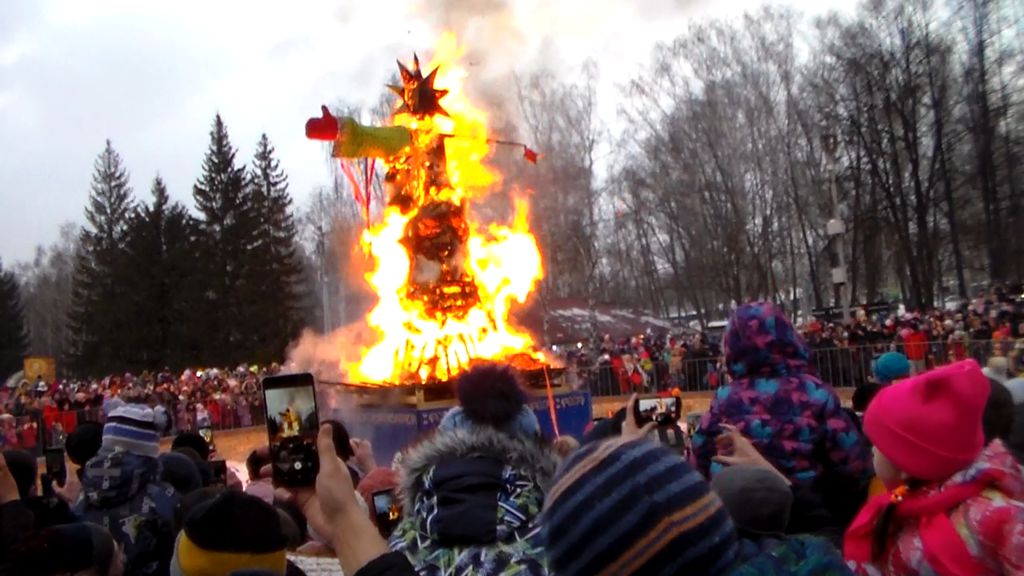Winter is filled with holidays, such as Christmas and New Year, but when this period ends, there is nothing more to anticipate. Fortunately, you can celebrate Maslenitsa! Haven’t you heard about this holiday? Then this article is exactly for you.
What is Maslenitsa?

Source: Wikipedia
Maslenitsa is a very old traditional holiday that is celebrated by Eastern Slavs. The week before the Great Lent begins is when Maslenitsa is celebrated by sleigh rides, singing, dancing, burning an effigy, and baking pancakes.
Maslenitsa originates from a celebration of the upcoming harvest. After a long and cold winter people were focused on sowing rye, wheat, and vegetables, but as nature is unpredictable, Slavs tried to find ways to appease nature to get a better crop. Maslenitsa symbolizes the end of winter and the beginning of spring, «the death of cold and the rise of light».
What does the word «Maslenitsa» mean?
The name of this holiday comes from the Proto-Slavic language from the word «mazslo» which is likely related to the Russian word «maslo». Both words mean butter, and the holiday name is derived from this word, as maslo/butter was a symbol of wealth.
Attributes of Maslenitsa
As it was mentioned above, Maslenitsa has several traditions. Pancakes are a typical Russian meal during this week because being round and yellow they represent the Sun which is returning after dark winter. Nowadays you can find hundreds of recipes on how to cook them and which fillings suit them better.

Source: Wikipedia
Singing and dancing also have special meanings. Cheerful songs and music should attract spring and bring a good mood. People are welcoming spring and hope that the spring will hear their calls.
Another interesting part of Maslenitsa is wedding celebrations. Until the beginning of the XX century, it was common to marry in winter when people didn’t have to work in fields and had more time for the ceremony, that is why Maslenitsa was the right moment to meet new potential partners. People who were not married yet could find a pair thanks to all the festivals. Unsurprisingly, now this element of Maslenitsa is almost forgotten.
The culmination of Maslenitsa is the burning of an effigy. The effigy is usually a real-sized doll made of straw. It usually looks like a woman with long hair wearing a traditional dress. The effigy represents the winter and resembles Marena, an ancient goddess associated with winter’s death, rebirth, and dreams.
The effigy is usually put in the middle of a big open space and is surrounded by people who do khorovod. Khorovod is a combination of a circle dance and chorus singing. Then the effigy is burnt, this is how people say goodbye to winterand welcome spring.

Source: Wikipedia
Cultural and language-specific features of Maslenitsa
Maslenitsa is a popular inspiration for music. It is commemorated by Tchaikovsky in his cycle «Seasons. February. Maslenitsa», or by Nikolai Rimsky-Korsakov in the opera «The Snow Maiden». It is also shown in cartoons, paintings like «Maslenitsa» by Boris Kustodiev, or theatrical plays like «It’s Not All Shrovetide for the Cat» by Aleksander Ostrovsky.
This holiday is also a very popular origin for sayings. Here is one very popular example:
Не всё коту масленица, будет и Великий пост (Ne vse kotu Maslenitsa, budet I Velikii post), meaning: life is not made up of pleasures alone – troubles and difficulties also occur (analog of English «every day is not Sunday»).
Maslenitsa is pretty similar to the western carnival, Shrovetide or Mardi Gras but has its specific character.
Do you like this holiday? Does it exist in your country? How do you celebrate Maslenitsa? Share with us your ideas and experience in the comments!
